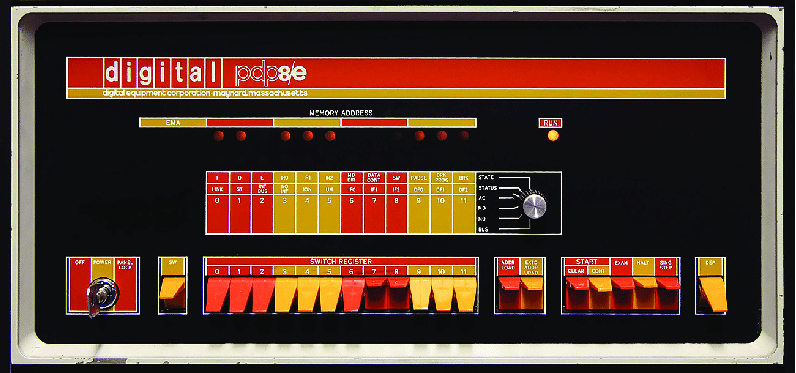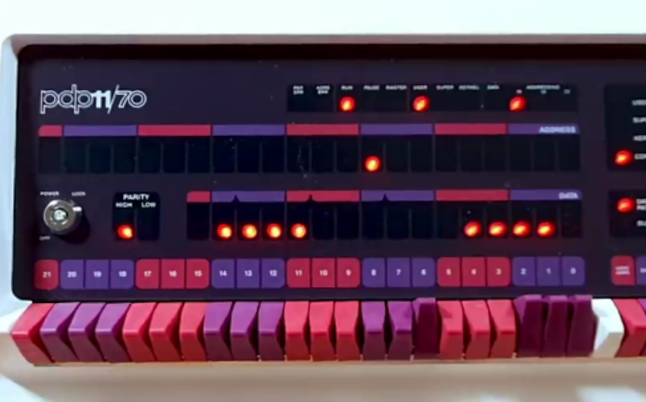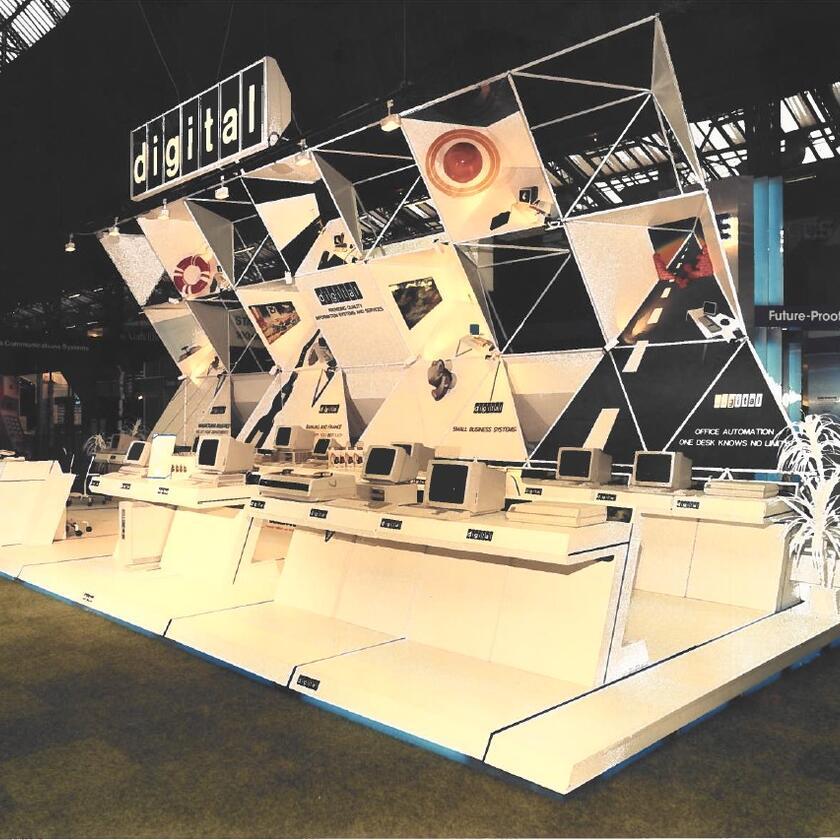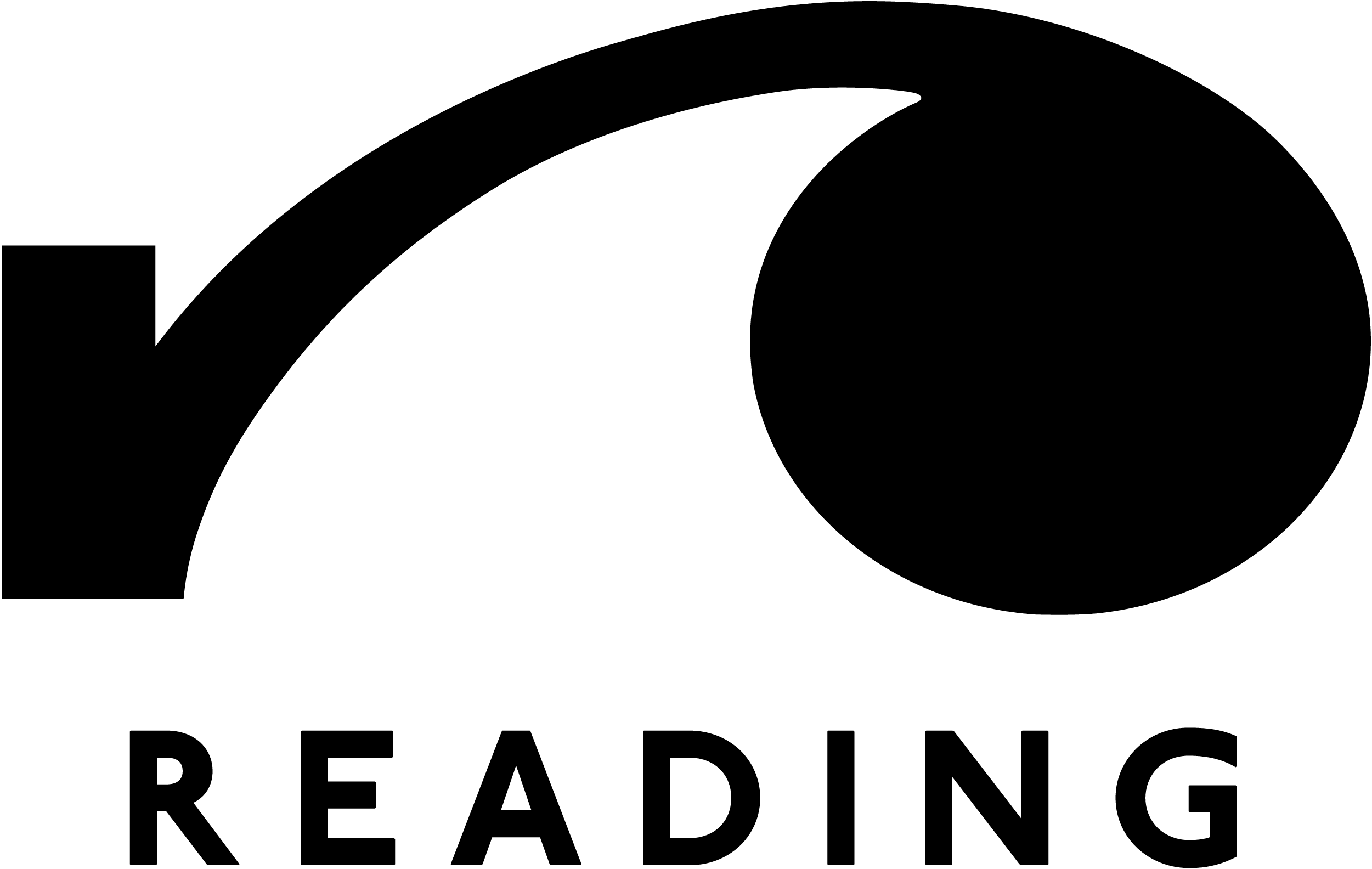Soon after John Leng opened DEC’s Reading office he coined a phrase to describe the types of computer Digital developed: ‘minicomputer’ - and it caught like wildfire.
It was the 1960s and a revolution in music and fashion was sweeping the country. DEC led a revolution, too - in computers. Writing a sales report in Reading for the US, John stated:
Here is the latest minicomputer activity in the land of the miniskirts as I drive around in my Mini Minor.
- John Leng
John encapsulated much in his phrase, and it stuck. More than 100 companies made minis but DEC was the most successful.
Programmable Data Processors (PDPs)
DEC was a bit different because it called its computers Programmable Data Processors (PDPs). The first mini to be mass produced was DEC’s PDP-8, released in 1965 with 53,000 sold.
Smaller and more versatile than the giants of the day, DEC’s PDPs could process data and compute programs like bigger mainframes - but at a fraction of the price and much faster. Users could interact through a keyboard and screen – just like a PC - and DEC’s multi-user, time-sharing software also allowed more than one person at a time to use a mini.

DEC's PDP8
Among those getting their first taste of a computer with a PDP-8 was electronics and engineering student Pete Lomas at Bolton Institute of Technology.
The experience changed Pete’s life, setting him on a course to design the Raspberry Pi educational computer.
What made the PDP-11 a hit?
The PDP-11 followed and was a hit, too. More than half a million PDP-11s were sold over 20 years - modest by today’s standards but the market then was far smaller.
One factor was a powerful and flexible architecture that made it possible to run a range of peripherals – products like printers. The PDP-11’s flexibility meant it could work with customer systems, too, opening the door to use in lots of different environments – from manufacturing and military to scientific and office.
Lots of software was built for the PDP-11, expanding its appeal.

DEC's PDP11
The continued success of DEC
DEC produced a third line of successful computers called the VAX - Virtual Address eXtension - the company’s first 32-bit range of computers. VAX made it easier for applications to share memory, so more users and applications could use the same VAX at once. Also introduced was Virtual Memory System, VMS, an operating system for VAX.
DEC’s first markets were science and research. But as PDPs became more powerful, word spread and DEC looked for growth in new markets including manufacturing, retail, banking, financial services and government.
DEC’s computers were used far and wide. Here’s just a sample:
-
A pair of PDP-8s and a PDP-10 used in testing on development of Concorde, the world’s first successful supersonic airliner, as part of simulated stress testing.
-
Europe’s largest VAX/VMS 'cluster' - a set of networked computers – outside the military to manage bookings for Intasun, the UK’s second-largest package tour operator in the 1980s.
-
Monitoring of underground nuclear explosions as part of an international nuclear test ban treaty using a PDP-11 at the Atomic Weapons Establishment in Blacknest, near Reading.
-
Part of a time-keeping system based on four VAX/VMS computers to collect runners' time in the 22,000-strong 1985 London marathon.
- Lloyds of London switched from manual data entry and processing for its 13 million policy transactions to a DEC PDP-11 on DEC networking. The system halved processing times.
Click on the images to explore DEC's trade show stand:
But it wasn't just superb computer engineering that made DEC popular. It was the relationship DEC cultivated with customers through its sales and field engineers.
Customers trusted DEC – so kept buying.
Return to the Reading's Digital Revolution homepage or explore the next section: Doing the right thing in Reading








